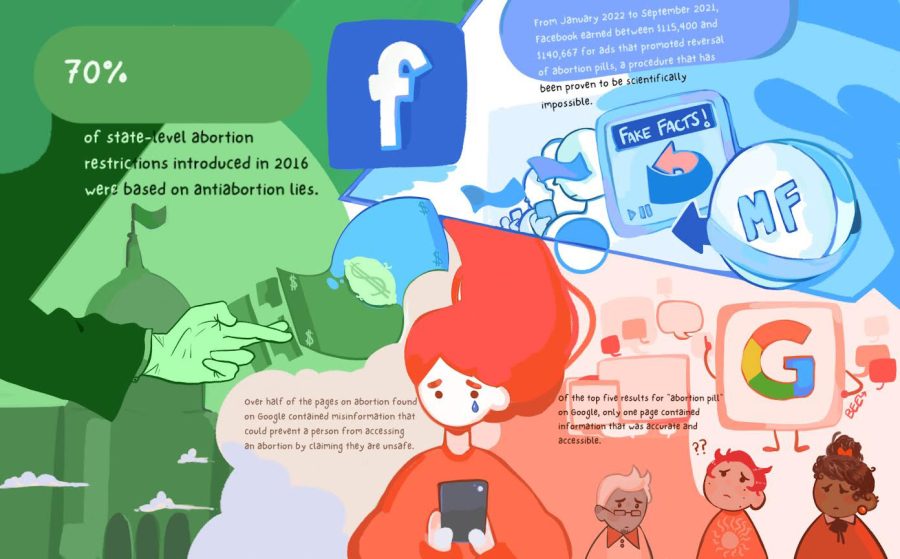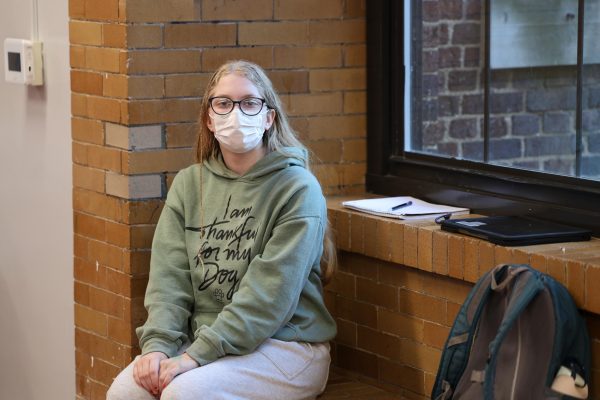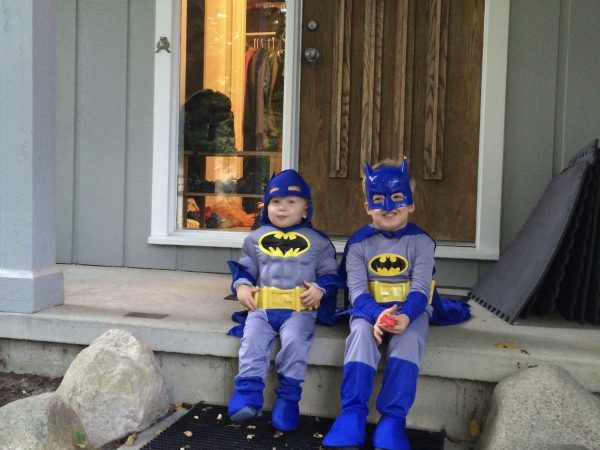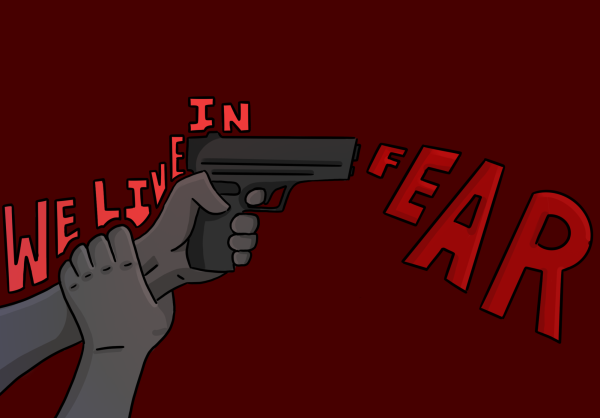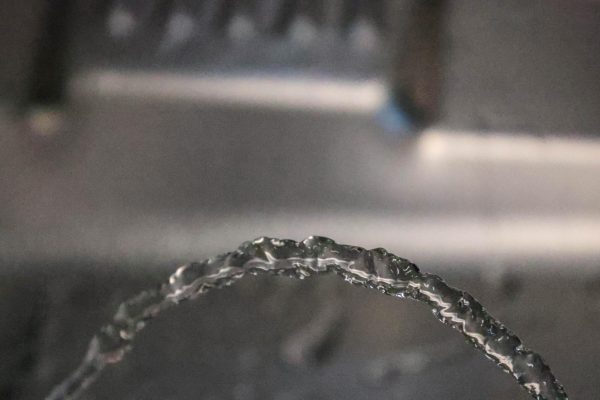Nowhere Left to Turn
When I entered high school, I didn’t expect to live through a historical moment, something that would grace the pages of textbooks in the years to come. All I wanted to do was pass my geometry class and join journalism. When school shut down in March of 2020 due to the Covid-19 pandemic, I was thrown for a loop. But it didn’t stop there.
I was lying in bed, recovering from a case of Covid-19, when I got the notification. The Supreme Court had overturned the landmark case Roe v. Wade, which grants the right to abortion in the United States. I stared, uncomprehendingly, at the New York Times app on my phone. I had seen this coming; we all had, with the leaked draft of Dobbs v Jackson Women’s Health Organization in May and the consequential changing political climate and the leaked draft of Dobbs v Jackson Women’s Health Organization in May. As headlines popped up and my phone pinged with texts and calls, I had to put it aside. I had no idea what to do with all of the information that the tiny screen in my hand contained.
America is defined by the media. We watch television shows that influence our ideas, we donate money to GoFundMes that we were sent via email, we listen to news programs with obvious bias. The way we think about abortion in the U.S. is no different. In fact, it is a prime example of how the media influences the political landscape in our country.
Throughout the fight for abortion rights in the past six months, we have experienced a massive campaign of “fake news” relating to abortion in the news. An article published by Fox News in June, entitled “Abortion ruling finally gives unborn chance for legal protection they deserve,” discusses how “little pre-born girls” are protected from mothers who would abort them for being “being the ‘wrong’ sex.” However, this argument has been shown to be false. In a study by Cornell Law, sex selective abortion is not common in the United States and laws preventing it have only discriminated against Asian American women seeking abortions.
Another example of misinformation in the media is the rise of “crisis pregnancy centers,” also known as fake abortion clinics, which are defined by Planned Parenthood as “clinics or mobile vans that look like real health centers, but they’re run by anti-abortion activists who have a shady, harmful agenda: to scare, shame, or pressure you out of getting an abortion, and to tell lies about abortion, birth control and sexual health.”
When a person googles abortion resources, the sponsored results are almost always crisis pregnancy centers — centers that offer free prenatal care but give clients false information, such as telling them that their pregnancy is farther along than previously thought, in order to talk them out of abortions. These “clinics” are often not legitimate medical centers, so they do not have to follow HIPAA and can give out private medical information. J.A. Mertus, writing for Women & Health, a peer-reviewed scientific journal, states that crisis pregnancy centers pose “a dire threat to women’s choice-making ability.”
Social media also provides a platform for misinformation on abortion to spread. A POLITICO analysis found that content promoting “abortion reversal pills,” as well as engagement with said content, has skyrocketed since the overturning of Roe v. Wade. On June 24, the day that the Dobbs decision was handed down, Facebook saw an increase from 20 interactions with “abortion reversal pill” content to 3500 interactions.
These posts are damaging to people who have had abortions and people who are seeking abortions now. The misinformation confuses and discourages people from making their own medical decisions while encouraging them to take dangerous medication. Abortion reversal pills, which are progesterone pills taken after the first dose of medication abortion, are scientifically proven not to work by studies and the American College of Obstetricians and Gynecologists and can cause severe internal bleeding.
The misinformation that is spread throughout the internet is dangerous, both for policy and for individual people. We cannot let the media continue to spread information that is known to be false in the name of “free speech.” It takes away the right of people to make informed choices about their own health, and it influences the politics of our country. This is not right.
I found out about the reversal of Roe v. Wade almost immediately, but I don’t think I processed it until two days later. My mother and I were driving to a shopping center 30 minutes away and took the opportunity to listen to a podcast explaining the decision. I spent the entire drive sobbing. The media is not all bad — it allows us to process, to reflect on what is going on in the world, to connect with those different from us. But that is only if we are dedicated to preserving our right to true information.




